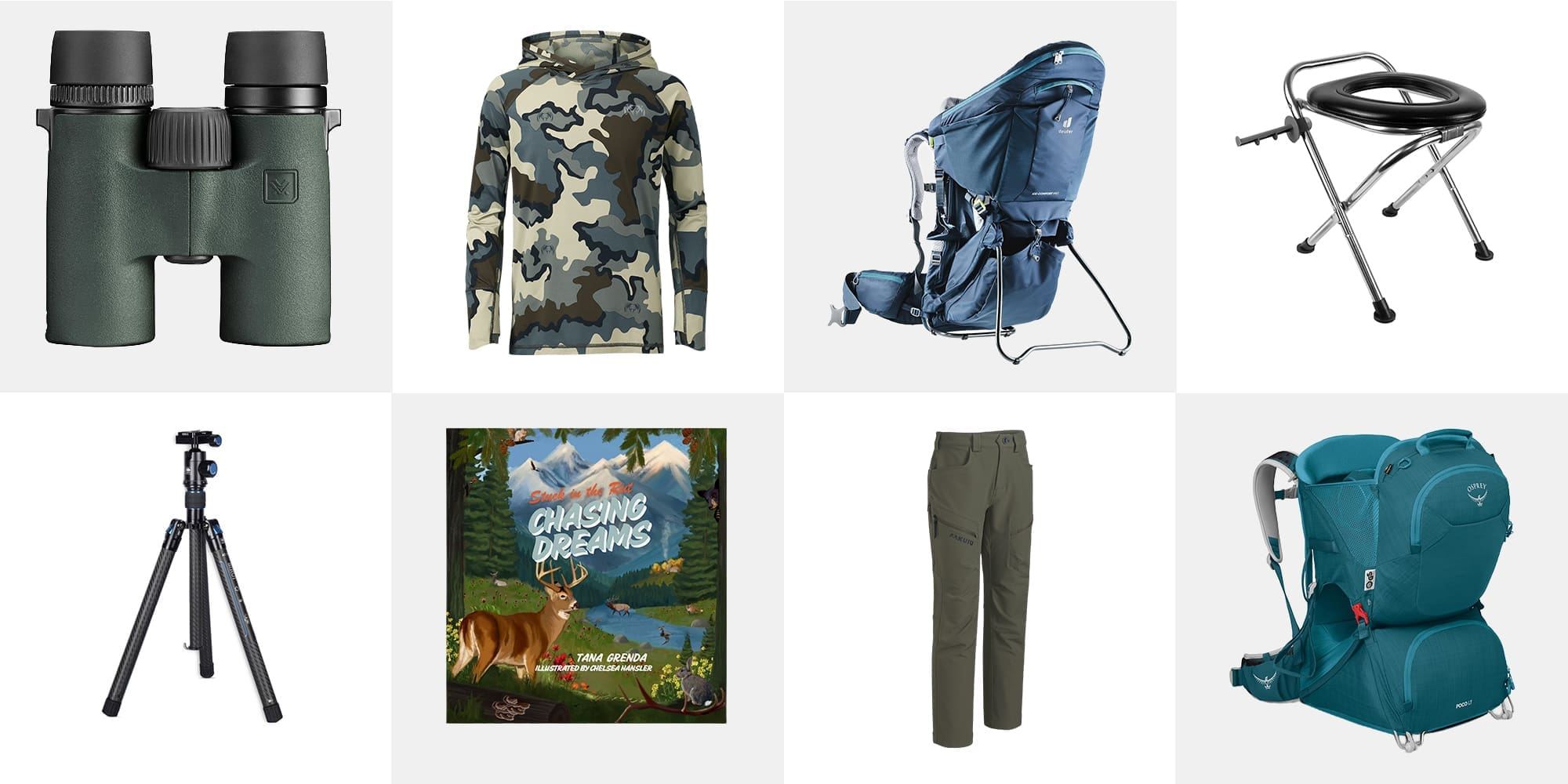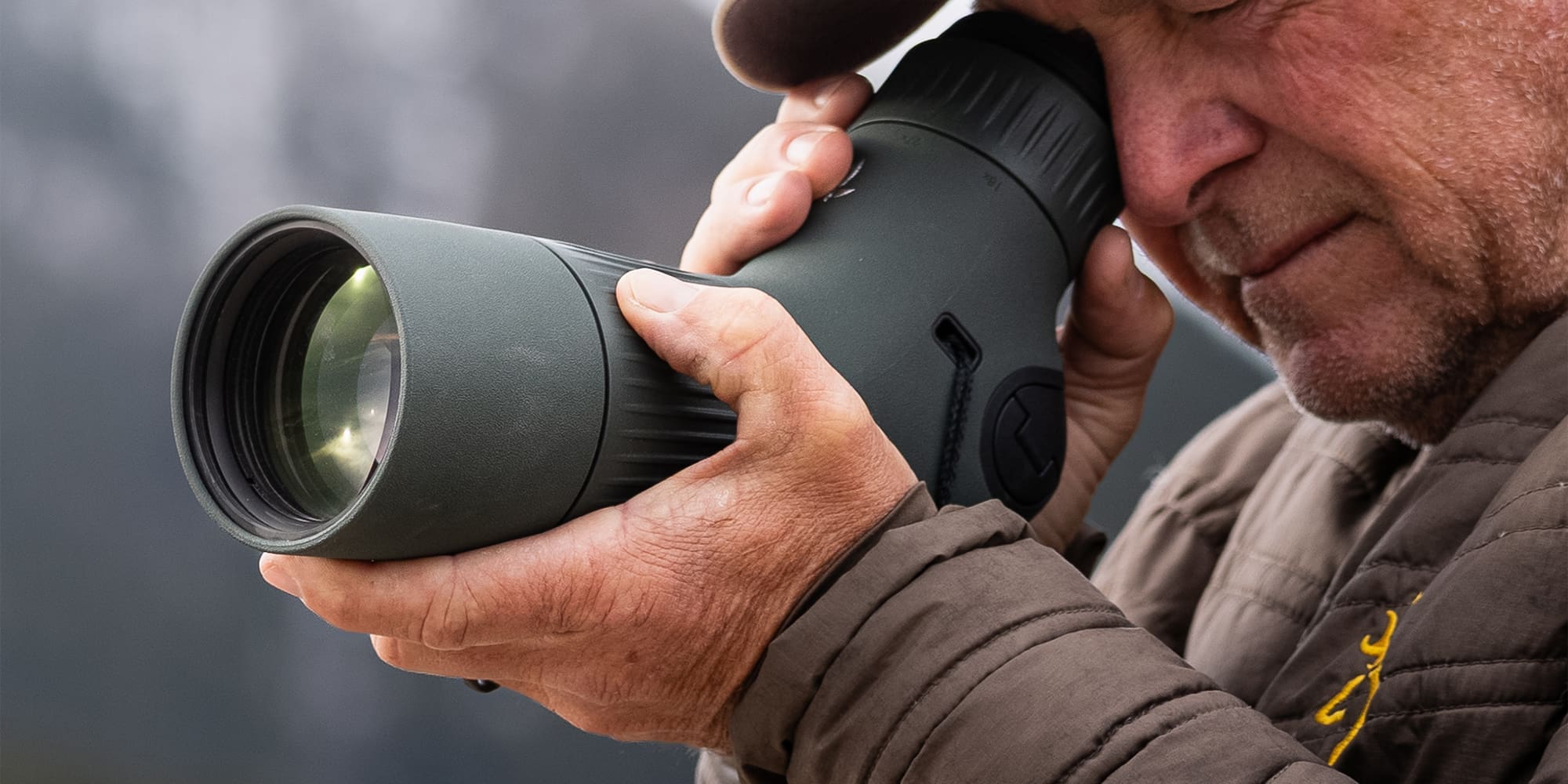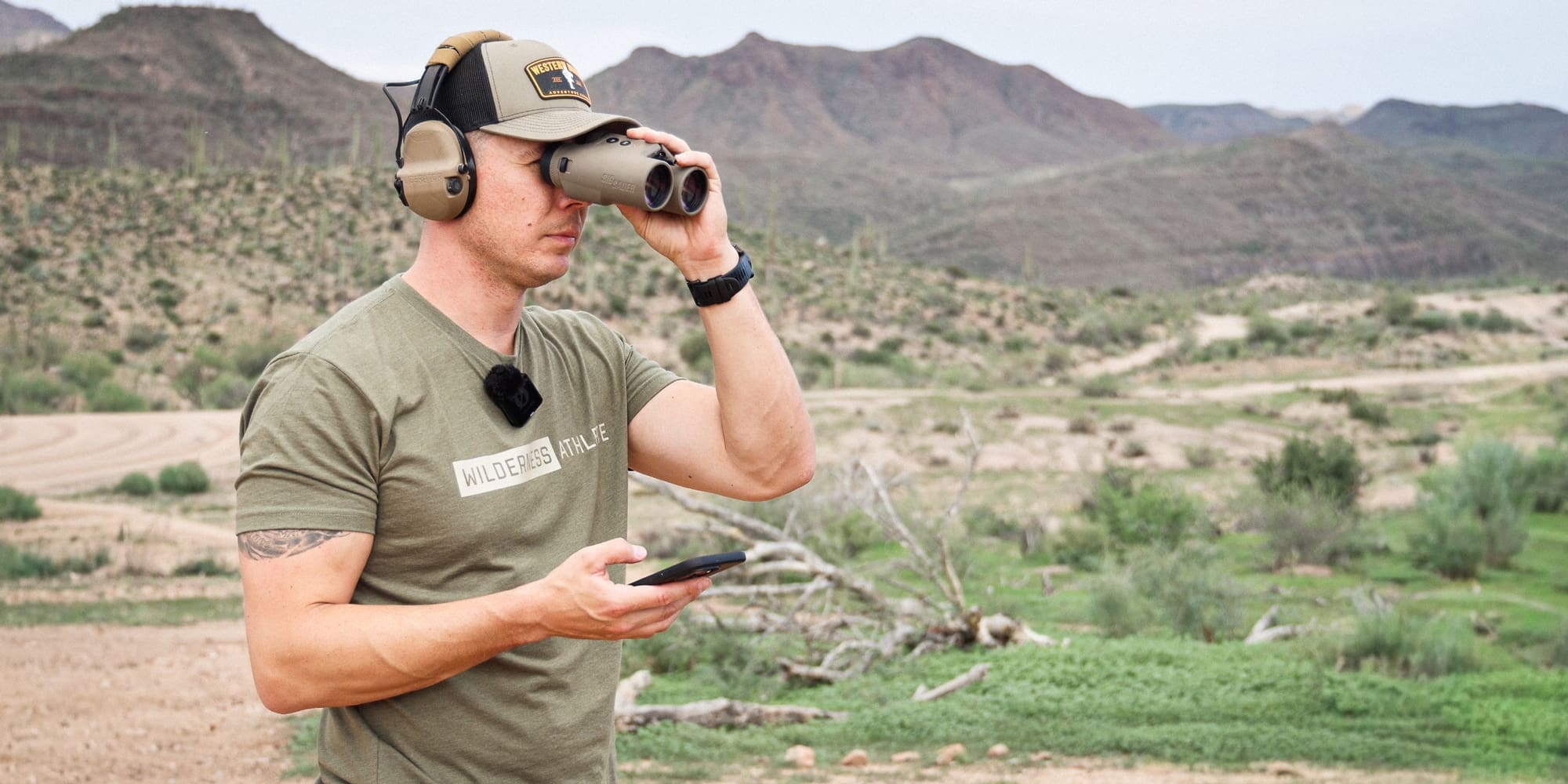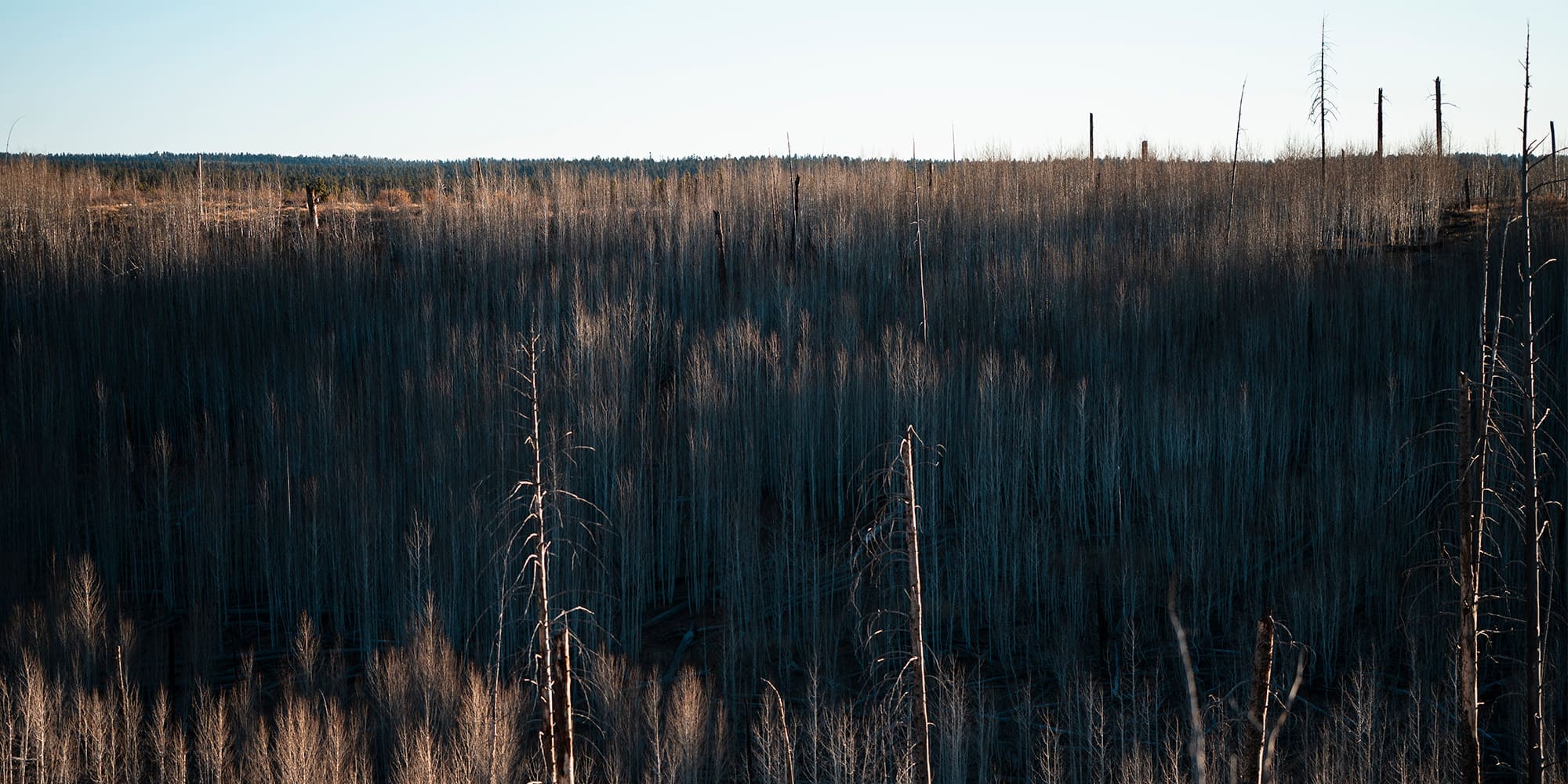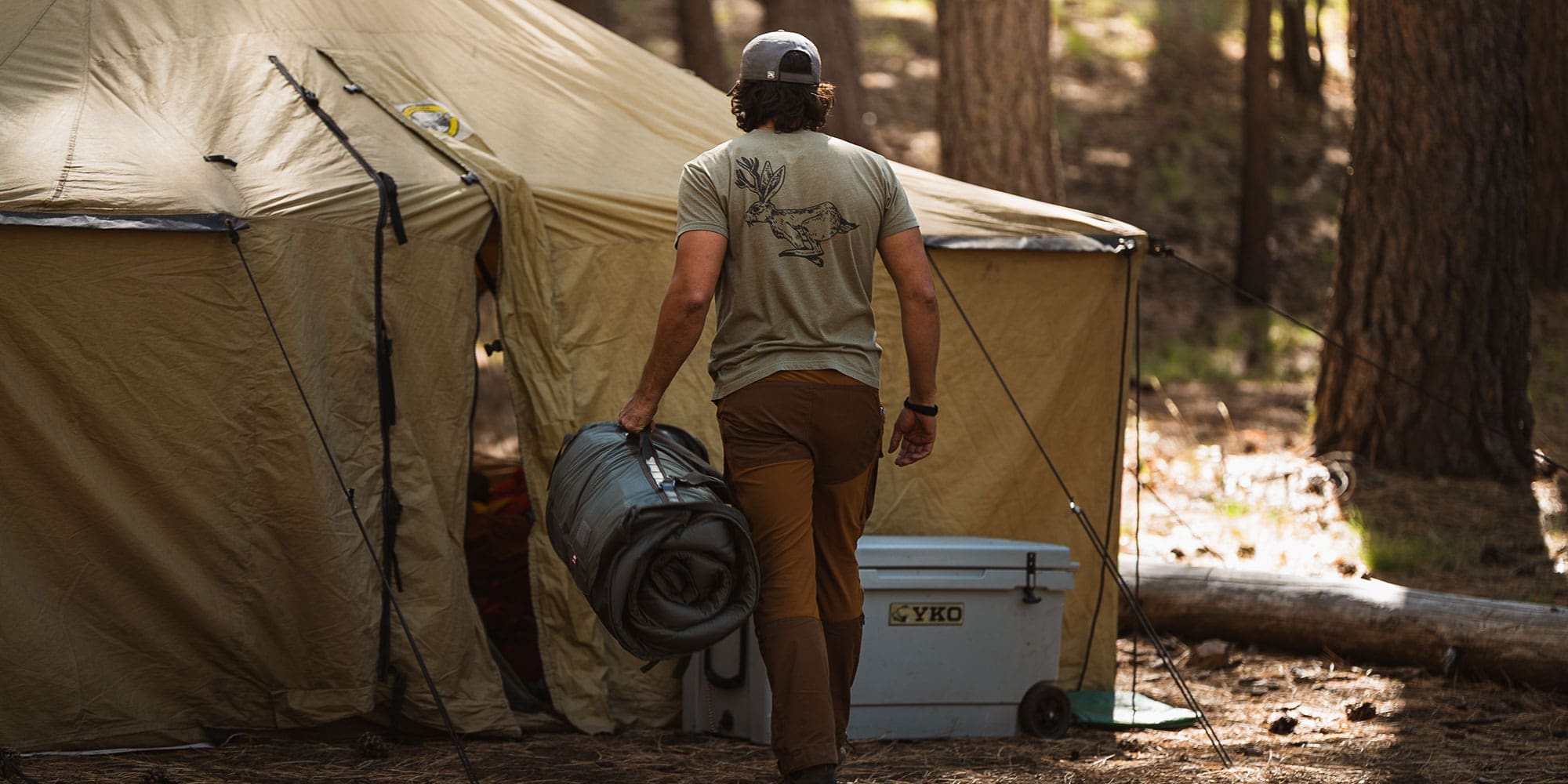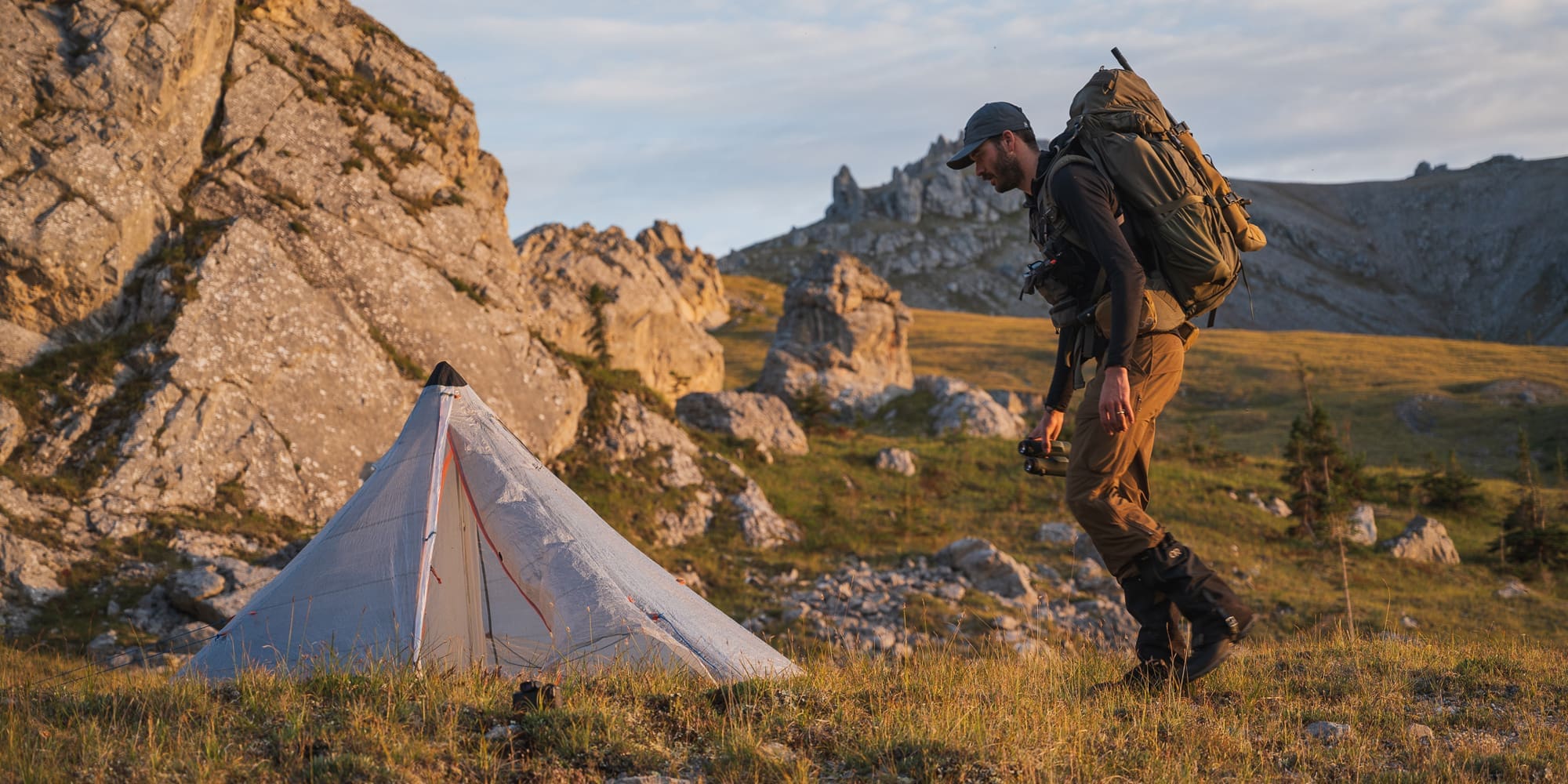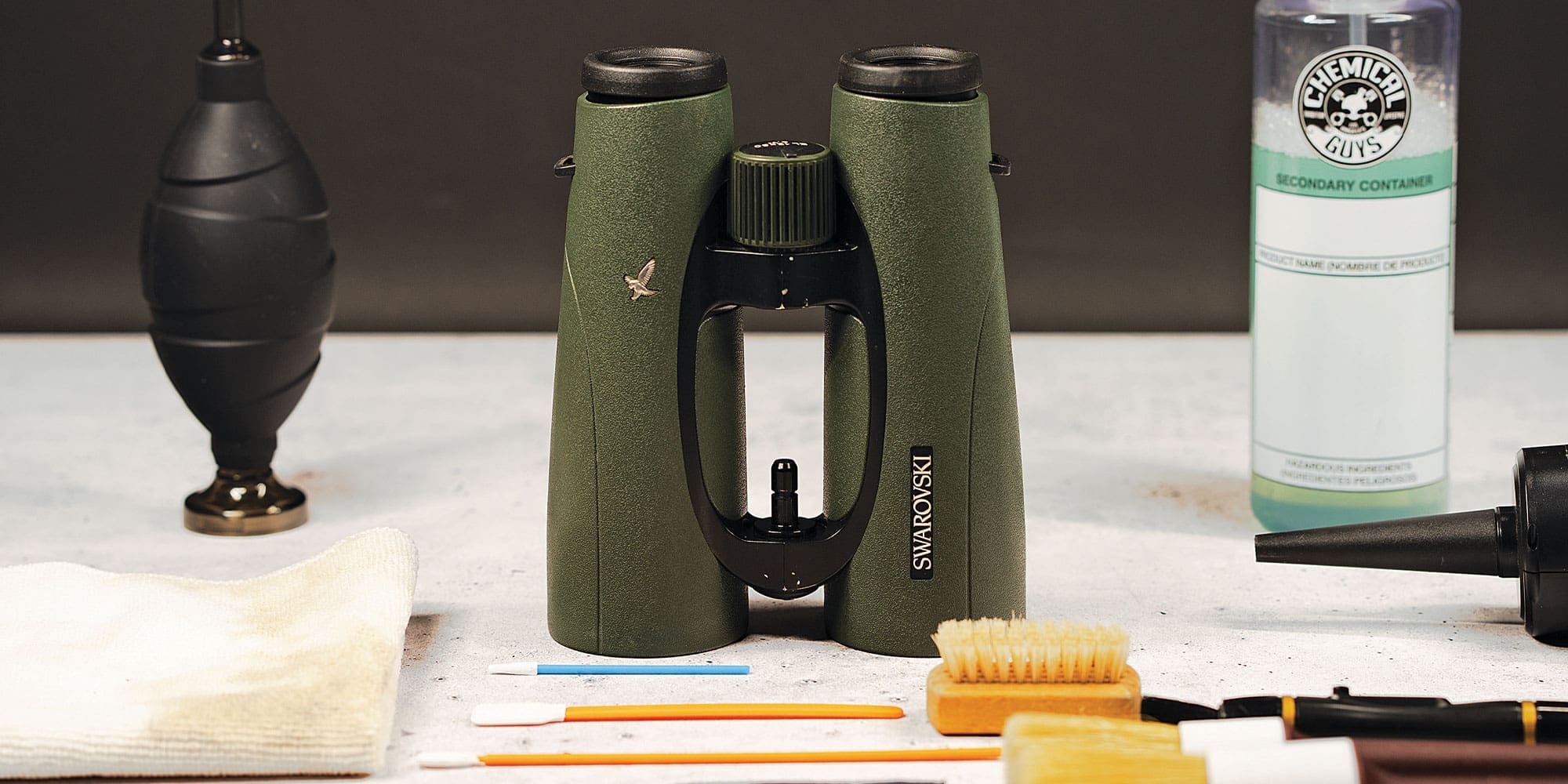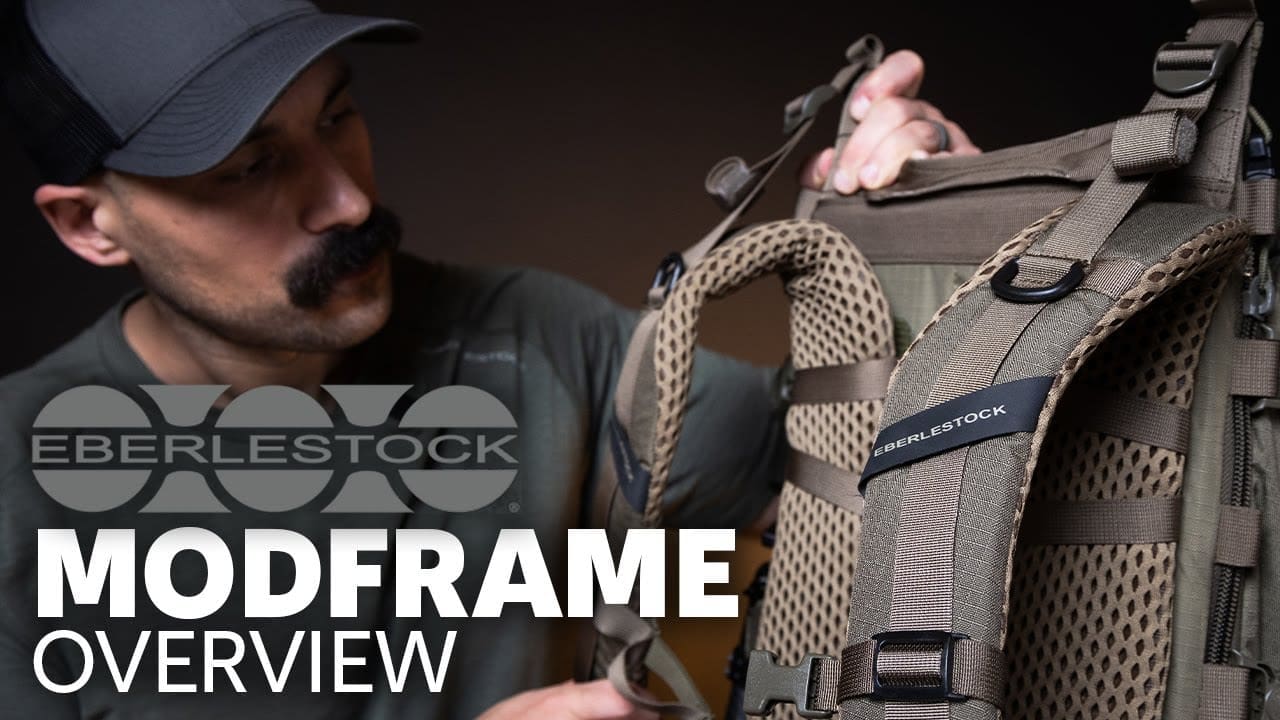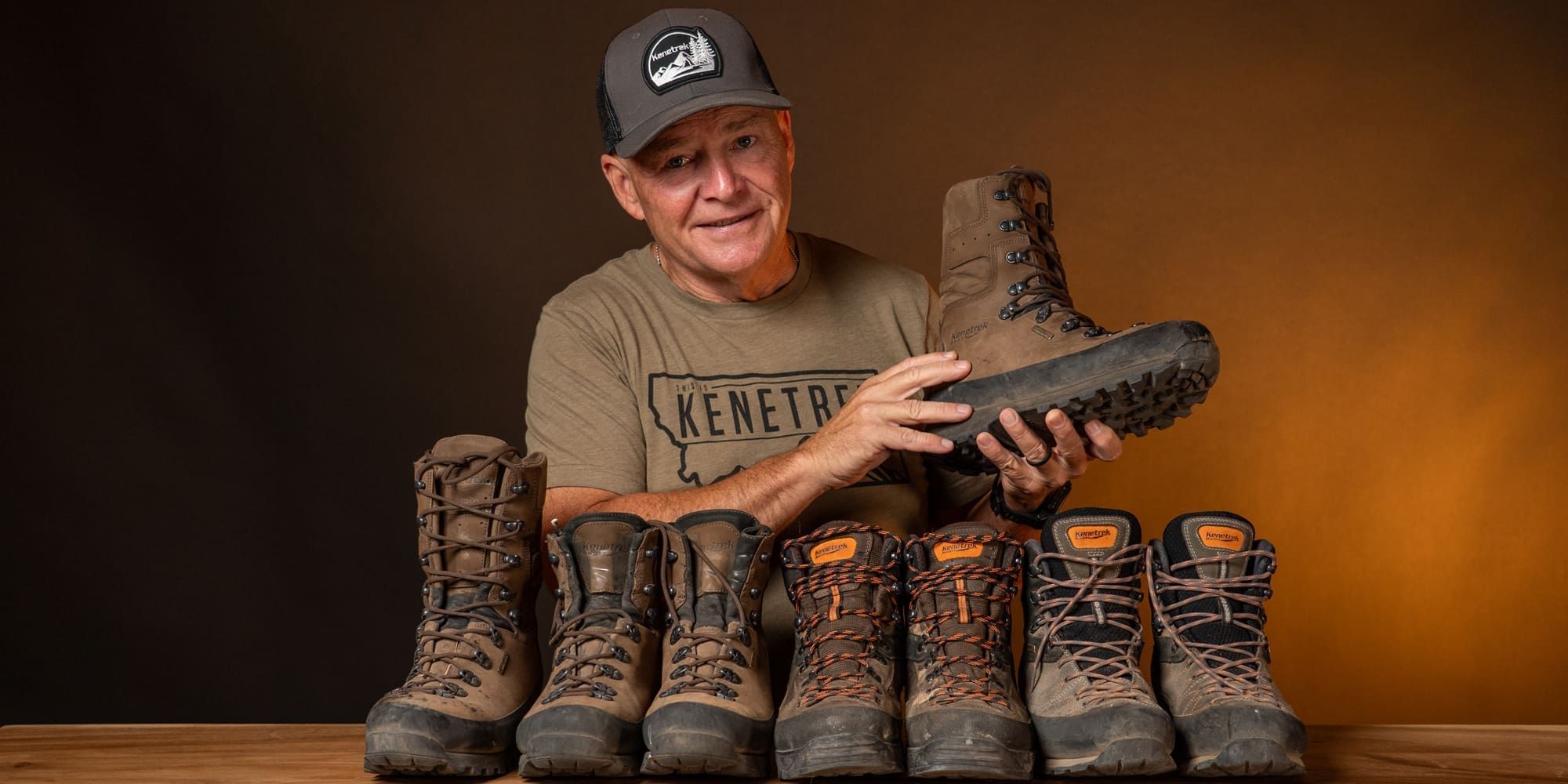
NOTICE: Certain links on this post may earn a commission for Western Hunter Magazine from Amazon or our other affiliate partners when you make a purchase. Thank you for your support.
Thoughts on Electric Hunting Bikes
The popularity of electric hunting bikes (e-bikes) has exploded in the recreational riding market. Within the last couple of years, hunters have now started to see the benefits, too.
I saw my first e-bike a few years ago at the Western Hunting and Conservation Expo in Salt Lake City. I was impressed with the technology, but even though the advantage was obvious, I just couldn’t wrap my head around how or when I’d use one.
At the same show this year, Dave Andre, founder, and CEO of Bakcou stopped by our Western Hunter booth and introduced himself. We talked about hunting, the TV show, and about the magazine for a bit before he invited me over to his booth to check out their bikes. I was impressed because Dave was “one of us” - a hard hunter who treasured his time in the field.
Dave came over again the next day after Nate Simmons had made it to the show. We talked more about the advances in bike technology and Dave’s personal experience using them on hunts. After another invite down to his booth, Nate and I started brainstorming about places we might be able to employ the technology. An hour later, we were in Bakcou booth, gawking at the bikes like school kids. The cool factor of electric hunting bikes is off the charts!

I’m sure many of you are already asking questions - the legalities, advantages, distances, power, etc. Let’s take a deep breath and look at the past, present, and possible future of the e-bike.
The first patents for a battery-powered electric bike were filed back in the 1890s! Thus, the concept itself isn’t new.
In Europe and Asia, e-bikes number in the millions as an alternative to astronomical fuel and car prices. However, only in the last few years has motor and battery durability and capacity improved to the point where a true hunting mountain bike is viable.
The majority of commuter e-bikes and some off-road bikes have the motor positioned in the hub of the back tire. From a manufacturing standpoint, this is a less expensive option, resulting in a lower retail price. It also results in a back-heavy ride and makes fixing a flat more difficult.
By placing the motor in the pedal crank, the weight is right under the rider. Thus, there is no extra hardware on the rear tire so the tire can be easily removed for maintenance.
There are two ways the motor actually delivers power to the rear wheel. The first is referred to as pedal-assist, meaning that the motor is adding power to each stroke provided by the rider. Models with more advanced electronics allow the rider to adjust the power input up or down to match the terrain or load. As you might expect the more power you demand from the motor the faster the battery drains limiting your range.
The second method of delivering power is via a throttle, which will power the bike even when the rider isn’t pedaling. Throttle can be super handy in rough terrain or under a heavy load.
A rechargeable lithium-ion battery generally powers electric hunting bikes, with a capacity of 250Wh up to 750Wh or more. The watt-hours (Wh) capacity of a battery is directly analogous to the size of a gas tank, and directly impacts the range of a bike on a single charge. But just like a gas-powered vehicle, this range is impacted by multiple factors such as total load, speed, the power demanded by the rider vs. how much the rider provides, starts and stops, terrain, tire pressure, motor size, wind, and temperature (batteries don’t like cold).
For this reason, it’s impossible to say what the exact range of a full charge will be on any given day. With experience, you’ll learn to predict this. Fortunately, your computer constantly displays the charge level. Keep in mind, even with a completely dead battery, you can still pedal the bike, so you won’t be stuck!
Current Regulations
The US Forest Service (USFS) and Bureau of Land Management (BLM) classify all electric hunting bikes as vehicles. With that designation, e-bikes are restricted to roads open to all vehicles, trails open to all vehicles, trails open to vehicles 50” or less, and trails designated to motorcycles only.
The USFS Travel Management Rule does allow for special designation allowing electric hunting bikes on other trails on a local level if approved by the ranger district and included on their official motor vehicle use map.
While researching this article, I called multiple USFS ranger districts and asked about their specific policies regarding electric hunting bikes. The answers I got varied from vague to completely wrong (except for Liz Schuppert at the Kaibab NF; she nailed it). The rule is the rule; if you get information contrary to this, make sure it’s in writing.
State lands, county and city parks, tribal lands, or private lands open to public hunting may or may not have special regulations for electric hunting bikes, so make sure and check with the proper authorities to stay legal.
Why Electric Hunting Bikes?
After reading all of the regulations, you might be asking why I’d consider an e-bike for scouting and hunting. I can only answer this for myself. When looking back over the last hunting season, there were multiple hunts in which the super quiet approach offered by an e-bike would have been optimal.
One of my favorite techniques for locating elk in the rut involves cruising roads in the dark, listening for bugles. Just imagine how much more efficient you could be if you could easily cover 20 miles in a few hours without ever making a noise!
Also, whereas an ATV requires either a trailer or a lot of other space commitments when traveling to hunt, an e-bike requires very little. When you’re ready to use it, simply remove it from a bumper rack and go.
But perhaps the #1 reason to try an e-bike is that they’re just plain fun to ride! I’ve had a number of hardcore traditional mountain bikers give me a funny look when I offer to let them ride my BackCountry eBike, but by the fourth pedal stroke, they all have smiles from ear to ear. Once you ride one, I have no doubt it will open your mind to the possibilities.
Accessories
Trailers
It’s one thing to ride a bike into a dark canyon on a rough road; it’s a completely different story when you’re successful and have 100 lbs. of meat or more to carry out. This is when an e-bike offers a huge advantage over a traditional mountain bike. There are multiple trailers available (see www.bakcou.com) with a carrying capacity of up to 200 lbs. Without the added power of an e-bike, pulling a trailer with this much weight uphill is all but impossible.
Lights
Having a large capacity battery onboard also offers a multitude of lighting options. Riding on a rough road in the dark can be a little dangerous, but multiple bright headlights powered by the onboard battery can turn night into day.
Keep in mind, pulling a trailer or using lights is going to draw more energy and limit your range. Fortunately, some bikes can be charged via lightweight solar panels during the day, so you’ll have that little bit of extra energy to get you back out with a heavy load.


